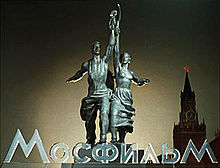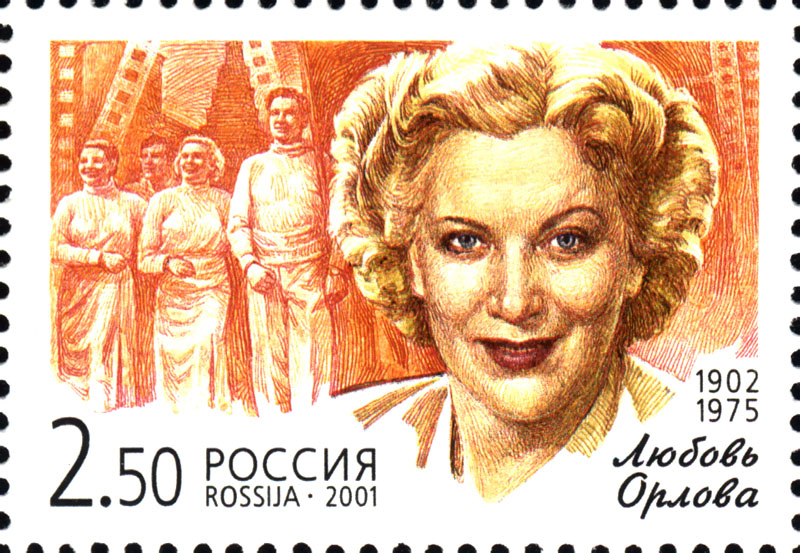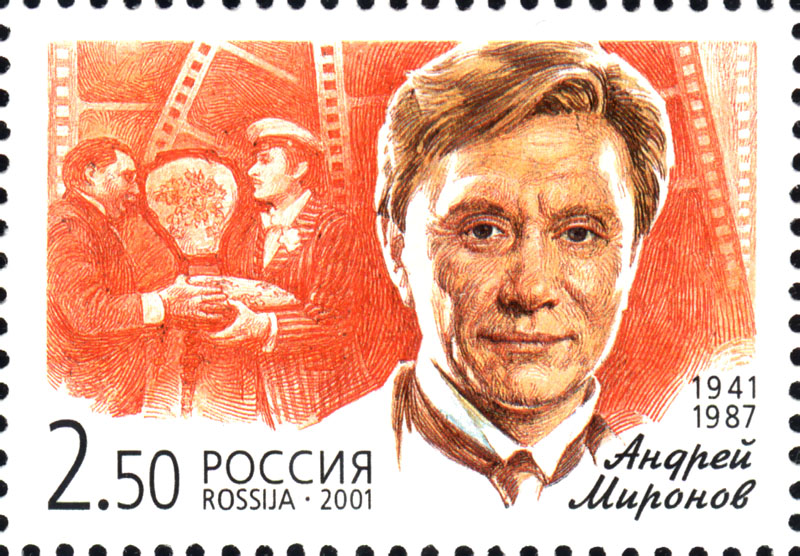Russian Cinema
Movies are an important part of Russian culture. The Soviet Union produced comedies, adventure films, and cartoons. Those made after the mid 1950's remain extremely popular in Russia and other Eastern European countries. Russian speakers have seen them all and refer to them frequently in conversation much as Americans refer to Star Wars or Casablanca.
Westerners are surprised to learn that Soviet films are good entertainment. Partly this is due to Cold War propaganda which portrayed Soviet culture as grey and humorless. Partly it is because the Soviet films watched in college courses, available in stores, and streamed on Netflix are very old and have been selected by film scholars for their importance to the history of the cinema. It is like learning about Hollywood by watching masterpieces such as Charlie Chaplin's Modern Times and Orson Well's Citizen Kane while ignoring Singing in the Rain and Star Wars.
Happily for the student of Russian, this situation has improved dramatically. Hundreds of high quality, popular Soviet films are now available to watch free of charge on Youtube. In most cases this is with the blessing of the studios which produced them. These films are an important resource for learning Russian language and culture. Most of them are in color and have have clear soundtracks. And most of them would be G-rated as will be discussed below.
Lists of Soviet Films
The Soviet Studios

Films in the Soviet Union were produced by a small number of state-owned studios. The largest were:
- Mosfilm — The largest and the oldest film studio in the Russian
federation and in Europe. Produced some of the best-known
and best-loved films of the Soviet era.
Official Киноконцерн "Мосфильм" channel on Youtube - Lenfilm — The second-largest studio of the Soviet era. Produced
numerous film adaptions of novels, Shakespeare, and the Sherlock
Holmes stories.
Official LFV channel on Youtube - Odessa Film Studio — Another Soviet film studio in Odessa, Ukraine.
Official Odessa Film Studio channel on Youtube - Soyuzmultfilm — A large Moscow animation studio which produced hundreds
of films. Noteworthy examples include Винни-Пух and Ну, погоди!.
Official Союзмультфильм channel on Youtube
Famous Soviet Actors


- Lyubov Orlova — The most famous actress of the early Soviet period
- Andrei Mironov — A versatile actor of the 1960's and 1970's who played a variety of roles from criminal conspirator to leading man
- Aleksandr Demyanenko — An actor of the 1960's and 1970's best known for playing Shurik, a lovable nerd who has adventures
- Yuri Nikulin, Georgy Vitsin, and Yevgeny Morgunov — A comic trio of shady characters who appear in numerous films
- Nataliya Bogunova — Plays a teacher in a night school in Великая перемена.
Objectionable Material in Soviet Film
Few Soviet films have received an MPAA rating, but the vast majority would be rated G with a few rated PG. There is a very small number of films at the end of the Soviet period which would merit a PG-13 rating. None of which we are aware could conceivably be rated R.
- Offensive words: there is little swearing in Soviet films. 'Unprintable' words are not used at all. Note though that modern English subtitles occasionally use swear words which the translaters have learned from recent Hollywood films.
- Alcohol use: Soviet films may include scenes in which characters are pressured to drink and sometimes get very drunk.
- Tobacco use: There may be occasional smoking, but much less than in American films of the same period.
- Sex: Up to the mid 1970's extramarital sex is hardly even hinted at, after that it is sometimes discussed or implied. Characters who engage in adultery or premarital sex frequently face realistic unpleasant consequences such unwanted pregnancy, poverty, and damaged relations with their families. In the 1980's there are a few films which characters switch partners in search of happiness.
- Violence: levels of violence in Soviet films are low overall, seldom rising beyond a few punches. War, spy, and detective films may have more violence including people getting shot and bodies on the floor.
Note that the above applies only to films made before the Soviet Union fell in 1991. Russian films made after that may be very different.
The Post-Soviet Russian Cinema
After the decade after the fall of the Soviet Union Russian film makers produced a large number of films which they would not have been allowed to make earlier. Many of these, known as "боевики" prominently featured criminals, firearms, and violence.
Russian studios now produce a variety of films. Many are romantic comedies or sentimental films about orphaned children. These are known as "мелодрамы". Other comedies are more like situation comedies or soap operas. These sometimes contain coarse elements or portray characters whose self-indulgent lifestyle is portrayed as normal.
We have not attempted to collect comprehensive information about modern Russian films, but we do have a short list with a few examples.

